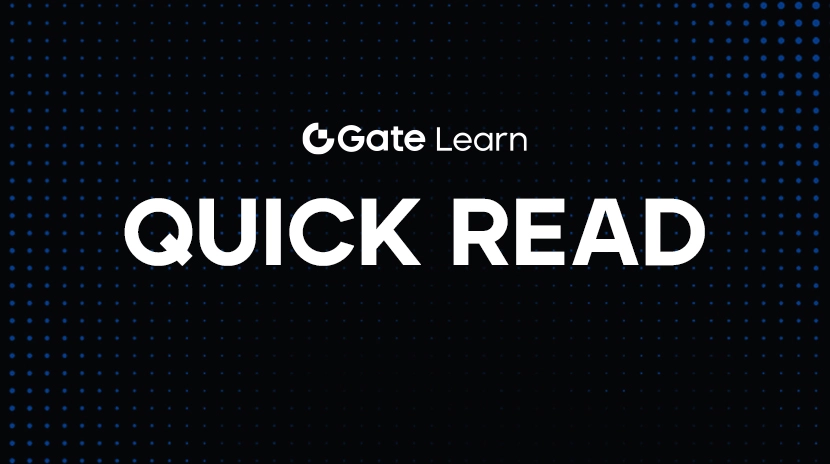What is Codatta (XNY)?
What Is Codatta?

(Source: codatta_io)
Codatta (XNY) is a multi-chain, open, and decentralized data protocol that bridges Web3 data infrastructure with human contributors and AI expert agents. The protocol delivers an end-to-end process for data submission, encrypted storage, verification, and assetization, empowering contributors to retain ownership of their data assets and earn ongoing rewards through AI-driven applications. Codatta supports the digitization and monetization of knowledge.
Codatta runs on the XnY network, leveraging artificial intelligence, automated economic incentives, and community-based validation to ensure high data accuracy and verifiability. The ultimate aim is to create a knowledge innovation engine jointly powered by human and AI collaboration.
Protocol Architecture and Workflow
Codatta’s infrastructure is built on the following core layers:
Data Submission & Encrypted Storage
Users (Submitters) provide data via a front-end interface. Data is encrypted and sent to the Frontier Submission Service, which generates data digests and indexes for storage in the Data Storage Service and creates a URI link.Manual Validation & SDK Management
Data auditors can decrypt data through the XnY SDK for manual review, enhancing annotation accuracy and credibility.Data Consumers & Assetization
Data consumers define requirements for data collection and storage, using the SDK to automate assetization and validation. Validated data is converted to on-chain assets, triggering reward distribution.Decentralized Nodes & Privacy Protection
Validation and privacy computation nodes oversee the validation process, manage data handling, and ensure privacy. Google Cloud Confidential VMs safeguard security throughout the process.
Three Data Categories
Codatta’s architecture recognizes three primary data types:
X-Data (User & Organizational Data)
Includes anonymized personal data, encrypted health records, creative content, and more. This data can be leveraged by recommendation engines and AI-powered creative tools.Y-Data (Task-Oriented Output)
Encompasses AI problem-solving, expert labeling, interactive Q&A, and similar contributions—delivering refined cognitive parameters for AI models.Frontier Data (Domain-Specific Data)
Integrates the above types to cover advanced scenarios in fields like financial risk management and medical diagnostics, providing vital resources for vertical AI model development.
Codatta’s Reputation Mechanism
The Reputation System within the Codatta protocol underpins overall network quality. All network nodes—including data submitters and validators—earn reputation scores based on their contributions and accuracy. These scores directly influence a node’s:
Share of rewards and incentive weight
Influence on community governance
Degree of participation in protocol decisions
This approach incentivizes positive competition and encourages high-quality, timely data contributions, thereby fostering a resilient decentralized data ecosystem.
Core Protocol Features and Extensibility
High Data Trustworthiness: Combines AI-based review and manual validation, while implementing mechanisms like gas burning, reputation tracking, and economic penalties to counter abuse.
Open and Permissionless Access: Any developer or protocol can freely onboard, with only baseline protections in place for sensitive data—allowing innovation and security to coexist.
Modular Extensibility: Codatta’s composable, extensible architecture readily adapts to the evolving data demands of the Web3 ecosystem.
Codatta Tokenomics
XNY is the native token of the Codatta protocol, functioning both as the incentive engine and the primary tool for participation and protocol governance. Its use cases include:
Incentive Mechanisms
XNY is the principal reward for data contributors and validators, with rewards allocated based on the accuracy and value of the data.Data Access and Service Fees
Developers and ecosystem users pay for specific data access and service usage with XNY tokens.Community Governance
Holders of XNY can vote on proposals, protocol upgrades, and funding decisions.Data Assetization Medium
After passing validation and evaluation, data is turned into an on-chain asset, with XNY serving as its value carrier.
Token Distribution Model
According to public documentation, Codatta (XNY) implements a token distribution framework that balances short-term incentives with long-term ecosystem health. Allocation details include:
Community Rewards and Incentives: A major portion is allocated to rewarding data contributors, validators, and participants to boost network engagement and data quality.
Protocol Reserve and Treasury: Provisioned to support ongoing operations, liquidity, infrastructure, and cross-chain expansion.
Team and Advisors: Features a vesting schedule and performance-linked mechanisms to ensure ongoing alignment with protocol growth.
Developer and Builder Rewards: Supports development of SDKs, front-end tools, APIs, and core infrastructure.
Private Sale and Strategic Partners: Attracts early-stage capital and partnerships to strengthen network effects and ecosystem vitality.
XNY spot trading will launch on July 23, 2025, at 1:00 p.m. UTC. To explore more Web3 content, register at: https://www.gate.com/
Conclusion
Codatta (XNY) breaks the mold of centralized data monopolies by transforming knowledge into digital assets endowed with rights, value, and incentives. In the AI era, Codatta merges human insight and machine learning to build a fair, open, and self-evolving data economy. It is not just a breakthrough in data sharing, but a reimagining of value in the Web3 ecosystem—ensuring the value of every data point can be recognized, traced, and rewarded.





